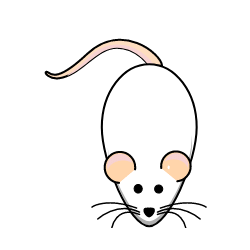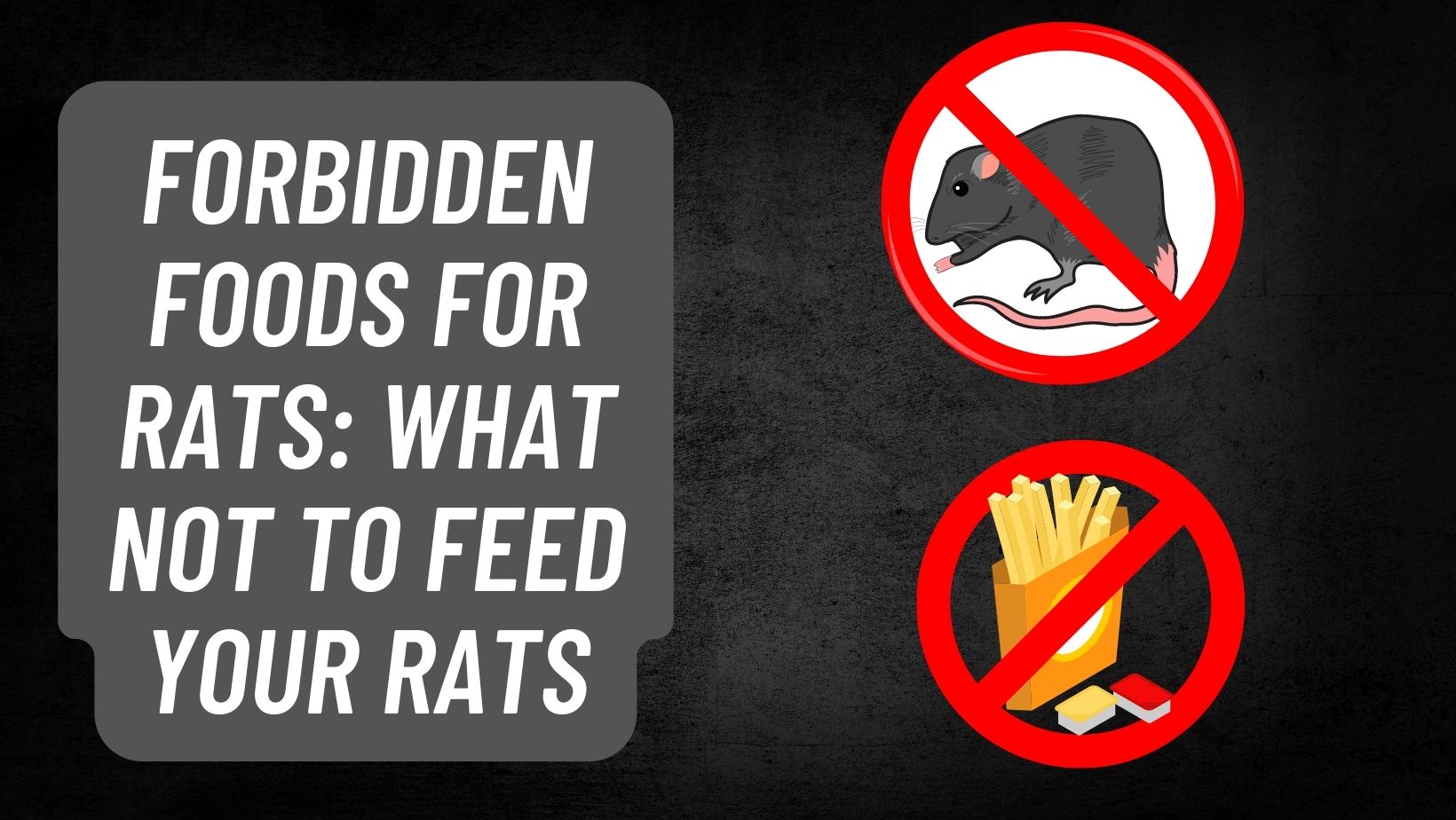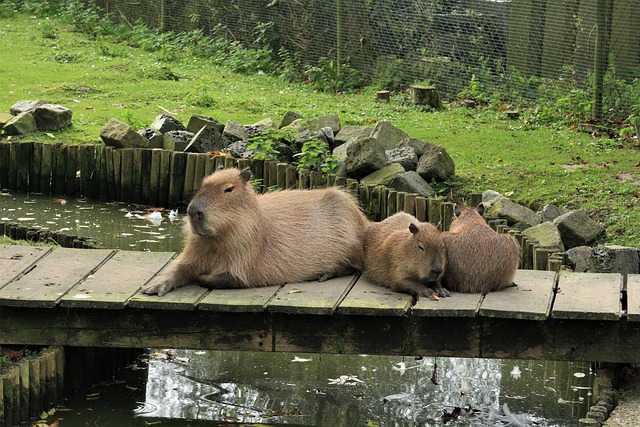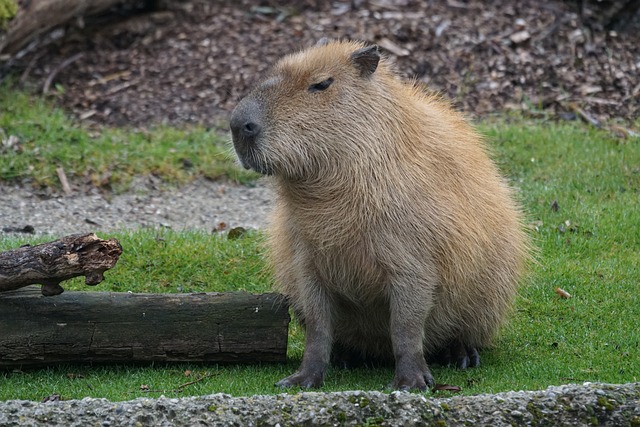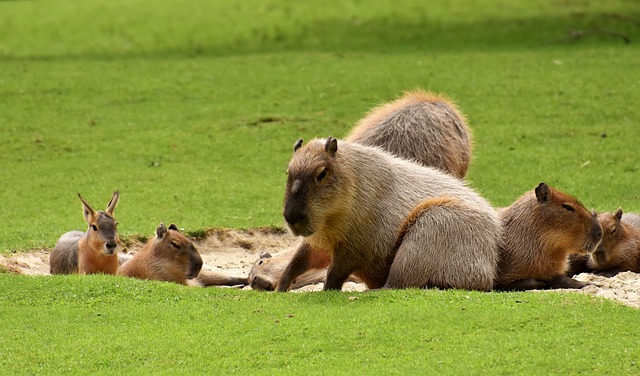The following should never be given to rats:
| Never give: | Why not? |
| blue cheese | contains toxic mold |
| licorice | contains a suspected neurotoxin |
| raw dry beans or peanuts | contain antinutrients, cause red blood cell clumping (note: the peanuts that you buy in stores are almost always roasted so are okay…. frozen beans from veggie mixes are okay because they’ve been pre-cooked) |
| raw sweet potato | contains cyanide-forming compounds |
| raw red cabbage and Brussels sprouts | contain an antinutrient that destroys thiamin |
| raw artichokes | inhibit protein digestion |
| green bananas | inhibit starch digestion |
| green potato skin and eyes | contain solanine (toxin) |
| wild insects | could carry parasites |
| rhubarb | high levels of oxalates which bind up calcium |
| raw bulk tofu | can contain bacteria (packaged tofu is safe) |
| orange juice | contains d-limonene which can cause kidney cancer in male rats |
| raw onion | can lead to anemia and an upset stomach |
Foods that should be fed with caution:
| If you want to let your rat try these, be careful: | Why? |
| carbonated drinks | rats can’t burp! |
| chocolate | It contains stimulants that can lead to heart failure or neurological poisoning in high quantities. A bit of chocolate is okay and can actually temporarily alleviate respiratory distress |
| Peanut Butter | This can cause choking in rats. If you want to give your rats some, mix it with jam or something liquid to make it less sticky. |
| Avocados | These are high in fat and are a good treat to feed rats that are in need of “beefing up” (make sure the fruit is ripe). However, the pit, rind, skin, and leaves of avocados are toxic. The part of the fruit in contact with the pit has a higher concentration of toxins. |
| dried corn | It can have high levels of fungal contamination which can lead to liver cancer. A little fresh corn is fine. |
Foods that should be limited (ie. don’t feed too many of these):
| Only give these once in a while: | Why? |
| beets | high in nitrates and oxalates |
| celery | high in nitrates |
| eggplant | “ |
| lettuce | “ |
| cucumber | “ |
| radishes | “ |
| spinach | high in nitrates and oxalates |
| collards | high in nitrates |
| turnip greens | “ |
| almonds | high in oxalates |
| Swiss chard | high in oxalates |
Nitrates and amines combine into carcinogenic nitrosamines in the stomach. Oxalates are toxins that bind up calcium.
| Other things to watch out for: | Why? |
| Mold | This can be toxic. You wouldn’t eat a moldy piece of food so of course, you’d never give it to your rat. Remember grains can go moldy too. |
| Chlorinated and/or fluoridated Tap Water | Chlorine isn’t good for us or our rats. Here is more about the dangers of fluoride: The scariest article … was a summary of a study published in Brain Research (vol 784) in 1998 by Dr. Karl Jensen, an EPA neurotoxicologist. In a long term study where rats were given two types of fluoride, sodium fluoride or aluminum fluoride, at a level of 1ppm for a year [the standard level of fluoride that is added to water supplies is 1 ppm] the rats in both experimental groups suffered damage to brain structures. The rats also had kidney damage. Dr. Jensen also found that the brains of both groups of rats receiving the fluoride also had higher concentrations of aluminum than the control group. Apparently, fluoride facilitates the entry of aluminum into the brain. The presence of aluminum in the brain is associated with Alzheimer’s disease. Chlorine and Fluorine are chemically similar. The only filtering systems that can remove fluoride from water are distillation, reverse osmosis, or de-ionization”. |
| Household Plants | Here’s a list of toxic plants: Plants that are poisonous to small pets. Be sure your poinsettia and holly are out of reach over the holidays. Note: in some cases, some parts of a particular plant are poisonous (eg. foliage) whereas other parts of the fruit are safe (eg. fruit). |
